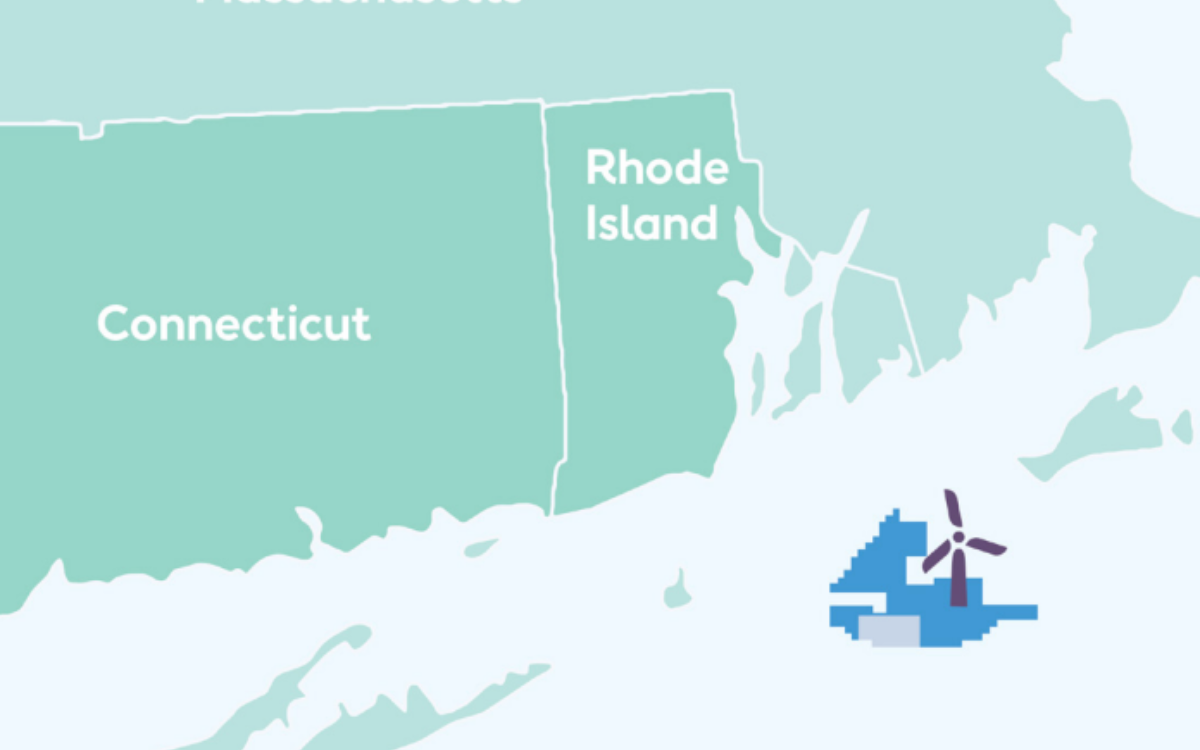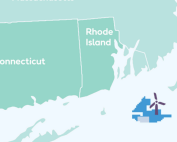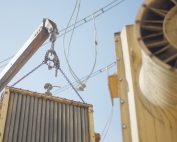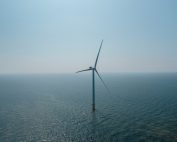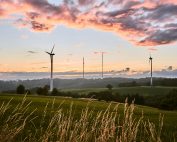The year 2022 was full of events that are permanently changing the conditions for the offshore wind industry. We asked industry leaders and key policy-makers for their assessment of what has been achieved in the past year and what the forecasts are for 2023. In today’s interview of the „Baltic Sea Offshore Wind – 2022 Summary & 2023 Outlook” series, we present the opinion of Ditlev Engel, CEO, Energy Systems at DNV.
2022 Summary
From my perspective the most important developments for the offshore wind in 2022 are…
This year we’ve seen a big rethinking of energy supply and energy security in the larger region of the Baltic Sea, resulting in the Marienborg Declaration signed by European leaders in August 2022. This shows the urgency and political will to commit to ambitious targets and prioritize the build-out of renewables, using the untapped potential of offshore wind (close to at least 20 GW by 2030) as well as faster permitting procedures. In the Baltics, in the past some interesting early mover projects are already built and under operation, but this initiative somewhat stopped almost a decade ago. Interestingly, we now see more and more large-scale commercial projects moving forward such as investments in development projects in Poland. This provides confidence for investors in surrounding countries to invest in offshore wind projects.
On the technological side, we see that in 2022 offshore wind technologies are moving to the next level; having now the 15+ MW wind turbine technologies Type Certified, which is a big achievement. In addition, we see that 2022 was seen as a breakthrough year for floating offshore wind in Europe with first commercial projects been commissioned.
Our main achievements in 2022 are…
We are a purpose-led organization helping industries and governments globally transition faster to a deeply decarbonized energy system. Some examples in Europe, including the Baltics are:
- We are involved in both advisory and technical assurance activities on the Belgian and Danish Energy Island projects. Energy island rush accelerates as DNV supports Elia Transmission Belgium on offshore renewable project / DNV will aid Energinet TSO with critical knowledge on PtX (Power to X) and Denmark’s progression with EU’s green deal strategy
DNV completed verification for the Baltic pipeline. In December 2022, Certificates of Conformity were handed over to Energinet, the Danish national transmission system operator for electricity and natural gas, for its section of the major offshore Baltic Pipe project. - We are currently involved as certification body of several offshore wind projects in the area including Thor the so far largest wind farm in Denmark.
- We are linking local requirements to certification schemes. DNV’s global service specification for offshore wind power plants was enriched by an appendix to cover the Polish national requirement. This appendix explains how the Polish Maritime Safety Act, Offshore Act and years of DNV certification experience for design, construction and operation phases come into the comprehensive solution dedicated to Polish offshore wind farms.
- We joined the Offshore Wind Energy Coordination Council, which was established to create conditions for proper and effective cooperation and to ensure an efficient system of communication, management, progress monitoring and decision-making.
- DNV has been responsible for the operation of the research Platform FINO 2 in the Baltic Sea since January 2010. We ensure safe operation and technical readiness of the platform. This includes safety and efficiency of navigation, safety of all persons working on the platform, third parties, and safety for the marine environment. In addition, we ensure the technical readiness of the platform.
2023 Outlook
An important challenge for offshore wind development in 2023…
Successful finalization of first mover projects in the Baltic Sea will be key to motivate other players to move there and accelerate new investments. Increased financial and technical risks, lengthy permitting processes, supply chain issues and lack of qualified experts might have an opposite effect and slow down the investments in offshore wind projects.
In 2023 we will focus in particular on…
Continuing to assist our customers globally, including the countries that surround the Baltic Sea, to transition faster to a deeply decarbonized energy system with trust. Our role is to apply our unparalleled understanding of risks across the full project lifecycle to make the best-informed decisions. This includes Certification, as well as improving performance for offshore wind projects and helping to bring innovations to the market, by qualifying new technologies and methods. With respect to floating wind, we see that the developments are moving fast and that governments across several regions in the world are announcing new lease areas for floating wind. To deliver on target cost, all parts of the project development need optimization. Therefore, we have initiated the Floating Wind Reliability Joint Industry Project (JIP). The aim is to establish optimized, calibrated and aligned requirements for the design of floating wind, together with other key industry partners. In 2023, we will also continue the work we’ve started on floating offshore substations this year. This joint industry project is focusing on enhancement of technology development for floating offshore wind substations, with particular attention to how export cables and topside equipment tolerate movements of a floating substructure.






